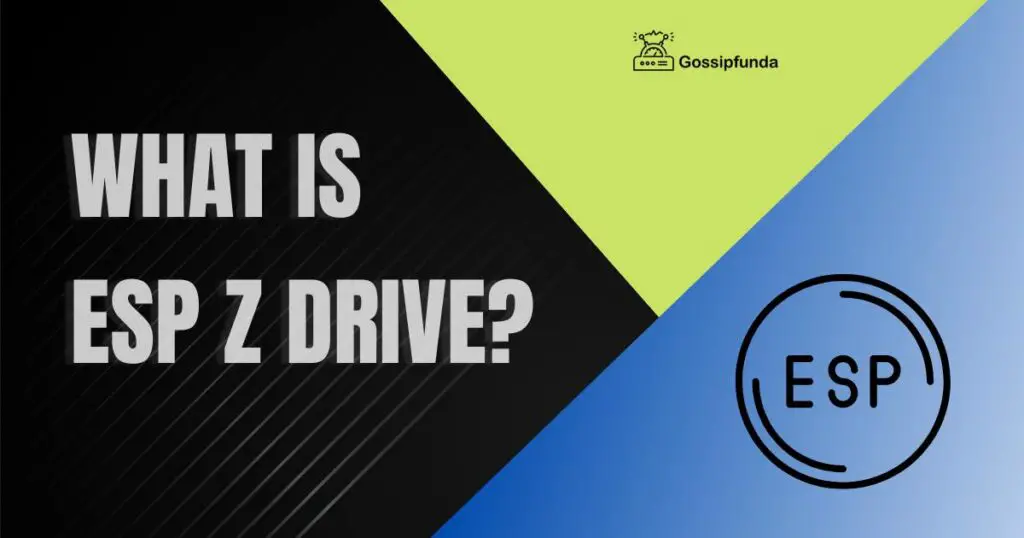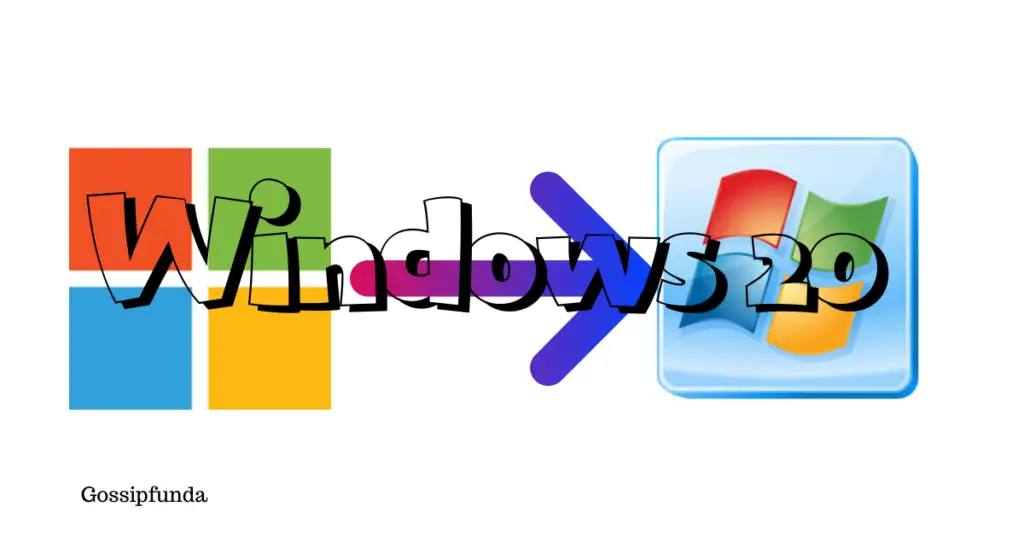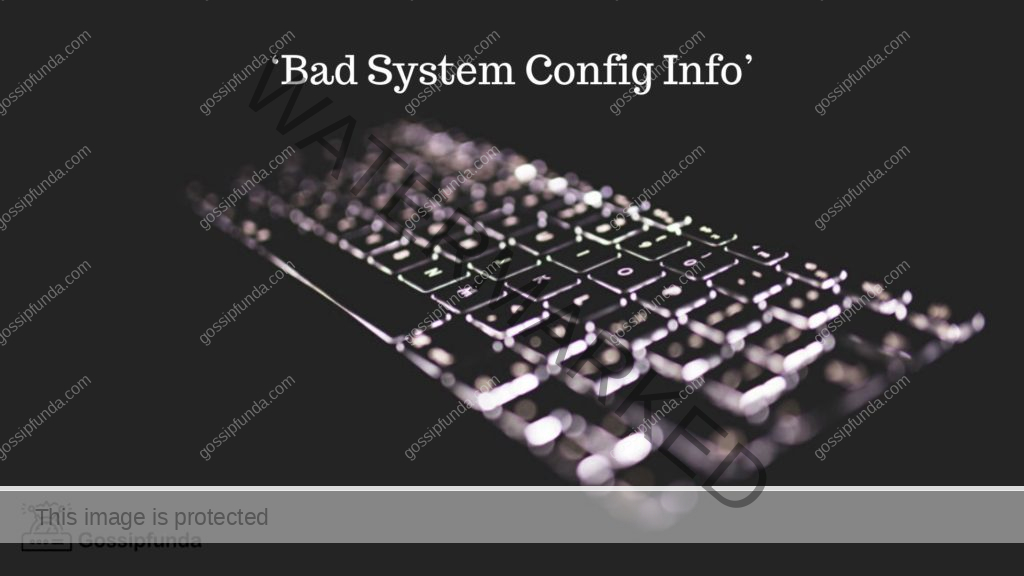The new feature in Windows 10 called ESP Z Drive enhances the reliability and velocity of your PC’s storage. It is that new drive with the designation (Z:), which is the restore partition. There is no need to delete it because there is no cause for concern. Because of this, the Z: drive is typically a secret partition.
How does it boost performance?
By acting as a cache(using ram), your computer’s RAM can increase the speed and efficiency of its storage. Your PC’s general speed and responsiveness may be enhanced as a result. Solid-state drives (SSDs), conventional hard drives, and NVMe storage devices are all compatible with the ESP Z Drive.

Memory caching
Basically, Memory caching, often known as caching, is a method through which computer software temporarily stores data in a computer’s RAM (random access memory) to facilitate quick retrieval of that data. The cache is the RAM that is employed for temporary storage.
What about the file in the ESP z drive
A few systems restore files and temporary data are kept on a secret drive in Windows 10 called ESP z drive. There is no risk involved with deleting these files from your computer. The Disk Cleanup tool should be used to remove these files. To eliminate files, use the Tool for disk defragmenter and select ESP Z for cleanup. After selecting the ESP Z Drive, press OK. The program will begin cleaning up the chosen drive. This will need considerable time to accomplish the operation. Once the procedure is complete, you can verify the drive’s available space. Keep reading to learn further about ESP Z Drive and how it operates.
The Windows 10 Z Drive
If you’re using Windows 10 and decide at some point that you want to go back, there is a method for doing so. In essence, the Windows external hard drive called 10 Z Disk contains a few techniques for document and temporary document restoration. nevertheless is safe and might help recover earlier operating system versions. Getting to the Z Drive.
Navigate to the Recycle Bin icon in the top right corner of your screen by opening File Explorer (or whichever file management application you like to use). Next, select “Manage This Computer” or “Recycle Bin” from the drop-down option. You can find a list of all of your disks, along with any removable media, in a folder named “Recovery Drive” in this location.
Location of the Z drive
This is the location of your Z Drive! Open Settings > System > Advanced System Settings > Advanced Startup Options > Restart now to access this drive.
With What ESP z drive compatible?
Both 32-bit and 64-bit versions of ESP Z Drive are accessible. Only computers with 4 GB or less RAM can run the 32-bit version, but computers with 8 GB or more RAM can run the 64-bit version. In the next paragraphs, learn how. ESP Z Drive can enhance your PC’s performance.
How does ESP Z Drive work?
We shall discuss the operation of the ESP Z Drive in this article. System restore files, temporary files, and application settings may all be managed with the aid of ESP Z Drive, a system restore file, and a temporary files manager. It is also a simple-to-use application for Windows users who want to restore their earlier versions of the operating system in case they run into any problems while using the most recent version.
ESP Z Disk operates by scanning the hard drive of your computer and locating any temporary files and system restore files that are kept there. The contents of each folder are then shown in a tree view so you can easily move through them. Additionally, you can utilize it to create personal restore points. Reinstalling older versions of Windows (XP, 2003, Vista, and 7).
The benefits of ESP Z Drive
You might have some files that are unimportant to the installation of your new computer. You can choose to restore these files to their prior states with ESP Z Drive, which makes it easier for you to get rid of certain extra files. The ESP Z Drive contains safe-to-use system restorative files and cached that could be used to downgrade to past Windows versions. You may feel a bit uneasy about putting in a brand-new hard drive, but we’re here to convince you that it’s not as bad as it seems. ESP Z Drive is one of the most well-liked and dependable applications for managing system files. It gives you a simple way to control and roll back the versions of your system files and folders.
How do I stop the Z drive from running?
There are a few things you need to be aware of if you want to disable the Z drive. You must first confirm that the drive is empty. If it isn’t, it won’t be possible to disable it. The next action is to launch Windows 10’s Disk Management tool. Once you’ve done that, go ahead and choose “disable” from the context menu when clicking on the Z drive. This will clear your system of all of its contents. These instructions should help you disable the Z drive. Select Computer after clicking Start. Click with the right mouse button on the name of your computer, and then select Properties from pop-up option. Click Environment Variables in the right-hand pane after clicking Advanced System Settings in the left-hand pane of the System window.
What if Esp Z is Corrupt or damaged?
A corrupt or damaged Z drive might lead to some very serious problems. Your computer no longer boots up, which is one of the most frequent issues, leaving you with a blank screen. You won’t be able to return your system to its prior state, which is a serious issue. Be at ease, though! There are various ways to get out of this circumstance. Delete each and every file on your Z drive first. This can be accomplished by taking out any CDs or DVDs that were there and then utilizing a unique utility called “Z-Wipe.” Try restarting your computer after everything has been taken out of your Z drive. If all goes according to plan, you should have no issues whatsoever going back to an earlier version of Windows!
What makes Z drive so crucial?
Also known as the System Reserved Partition, Z drive. Windows stores system files and temporary files in this sector (including printer drivers, font files, and other items). If there is a Z drive on a computer, it is the partition where the operating system stores its crucial system files.
These files contain Windows, the operating system that powers your apps, as well as any program you use on your computer. This partition’s files are secure and won’t harm your computer’s operating system. However, you must be aware of the contents of this disc if you intend to modify these files or restore them to a previous version of Windows.
ESP Z Drive applications
I’ll describe the operation of ESP Z Drive in this article. A system recovery utility called ESP Z Drive enables you to back up all of your files and configurations. contain all of the programs and software installed on your computer. Additionally, it includes a few systems restore and temporary files that are safe to use and provide you the option of restoring in earlier Windows versions. ESP Z Drive can be used, There are two ways to use ESP Z Drive:
Application 1
Utilizing the software’s default settings is the first approach. When utilizing this method, only one file can be selected at a time. For instance, before you hit the “Start” button on the ESP Z Drive main interface screen, you can only select one program or app; otherwise, it won’t function properly!
Application 2
The second technique involves using an Internet connection and an external hard drive or memory card with adequate space on them (wired or wireless). Then, attach this drive or card to your computer via a USB port or an SD card reader, both of which are often found in modern computers. Then use the Program Files folder on the C drive to access the ESP Z Drive folder. You can utilize it at this time.
Top advantages of ESP Z drive
An innovative storage device called the ESP Z Drive has many advantages over conventional storage systems. These are ESP Z Drive’s top 9 advantages:
- Temporary files can be stored on this disc, which helps speed up and increase the effectiveness of your computer.
- More Efficient – The ESP Z Drive is more energy-efficient than traditional drives, making it the perfect choice for applications that require low energy consumption.
- Greater endurance ESP Z Drive is the best option for use because It offers conventional drives an endurance boost of up to three times
- Increasing the computer ESP Z Drive helps improve computer performance. performance by up to 10%.
- System restore points are created by The ESP Z Drive and can be used to recover data. your computer to a previous state in the event of a problem.
- Temporary files can be kept on this drive, which will benefit your computer to run more quickly and effectively.
- More Reliable – The ESP Z Drive is more dependable than conventional drives, which makes it perfect for storing important data.
How To Remove The Z drive
You must open the command prompt to remove the Z drive. Open cmd and then follow this command prompt, type diskpart and hit Enter. This will launch DiskPart, a command-line graphical disc management tool that allows you to manage disc partitions on the hard drive of your computer. The Z drive is one of your computer’s most important drives. Because it contains a few benign temporary files and systems restore files that provide you the option of going back to earlier versions of Windows and contains a systems restore documents.
To remove drive
You can follow these methods
- Method -1: Use a third-party app like AOMEI Partition to use the function called “Delete partition” it will delete the ESP Z drive.
- Method -2: CMD you need to code like a hacker, no I am just kidding.
Write this command in the admin mode of cmd
mountvol Z: /d in safe modeWhy did Microsoft create the Z drive?
If users are unhappy with the upgrades, they can recover their earlier versions of Windows using the Z drive, a new kind of hard drive. It has a few innocuous quick articles and files that let you recover your system. the option of performing a system restore on a previous release of Windows. Data is restored by the system, and temporary files are stored on the Z drive, a storage device. You can return the operating system to the condition it was in before installing a new version of Windows by using the system restore files. Your system uses the temporary files when it wants to access data from other drives or memory cards, including transient internet files.
Both temporary files and system restore files are safe to delete and won’t slow down your computer’s operation. System restore points and temporary files are stored on the Z drive, a unique kind of storage. These files can be helpful for backing up your pc in event you ever need to recover it, even but they are secure to use. Microsoft has been updating Windows for many years. It is a great technique to make sure that your computer is kept up to date, but it also requires that you reinstall your applications and drivers after each and every upgrade.
Conclusion
Remember that you have been forewarned and that you proceed at your peril if you choose to use “z drive.” The ESP function of the Windows operating system lets you create, manage, and access virtual drives.
A virtual drive called ESP Z drive lets you save your stuff in a compressed format. Performance is meant to be improved while disc space is preserved. Z drive for Windows is ESP. Its name is an acronym for “EFI system partition,” and it’s where UEFI boot files are kept. It is a different partition from the primary Windows partition and typically has a size of roughly 100MB. Gratitude for reading!
Hi, myself Anshul raj a technology desperate boy. I feel in the present world the techie people are the smartest, so I love to be one of those smartest people around the globe. Technology is power for us and we should use it wisely instead of trying to threaten someone yes you can easily threaten a fool person so use your skills on better terms. Now something just about me is that I can code in python and java and I’m always enhancing my coding skills, have developed multiple projects, watch on GitHub id @anshul3485raj


